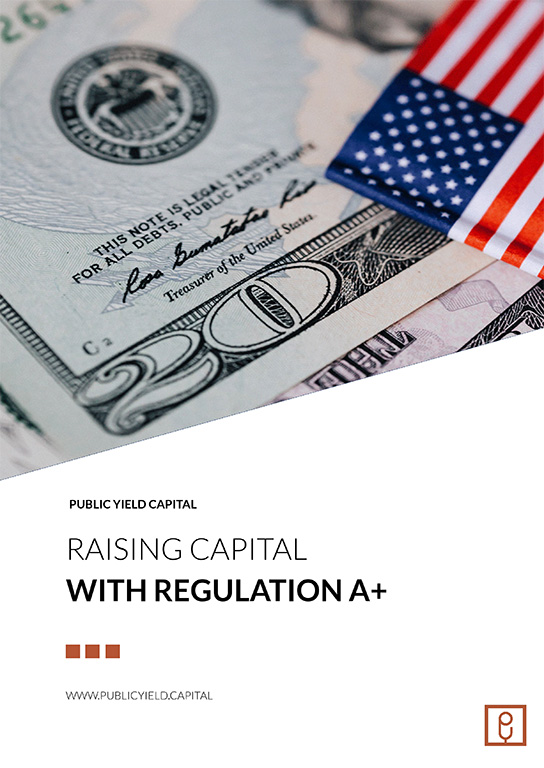
Regulation A,B,C,D…….Z! Does one need to be a lawyer to navigate the capital raising process in the US? The most frequently asked question is what is the difference between Regulation A+ and Regulation D. The main difference is that Regulation D is for accredited investors (and a select few non-accredited investors) whereas Regulation A+ can be used to raise capital from non-accredited investors. Read about the different types of investors in our previous post.

We break down the difference between Reg A+ and Regulation D below:
Regulation A+
The beauty of Reg A+ is that it can be used to raise capital from non-accredited or retail investors. You can raise up to $75 million from retail investors as long as their investment does not exceed 10% of their net income or net worth. Read more about Regulation A+.
Regulation D
Regulation D is mainly for companies issuing a private placement to accredited investors. Regulation D can also be for only 35 non-accredited investors. Read more about Regulation D.
Filing the forms and being ready to receive investors won’t make them appear. An investor marketing firm can help raise awareness and attract investors to your capital raise. Reach out to us to get started!



